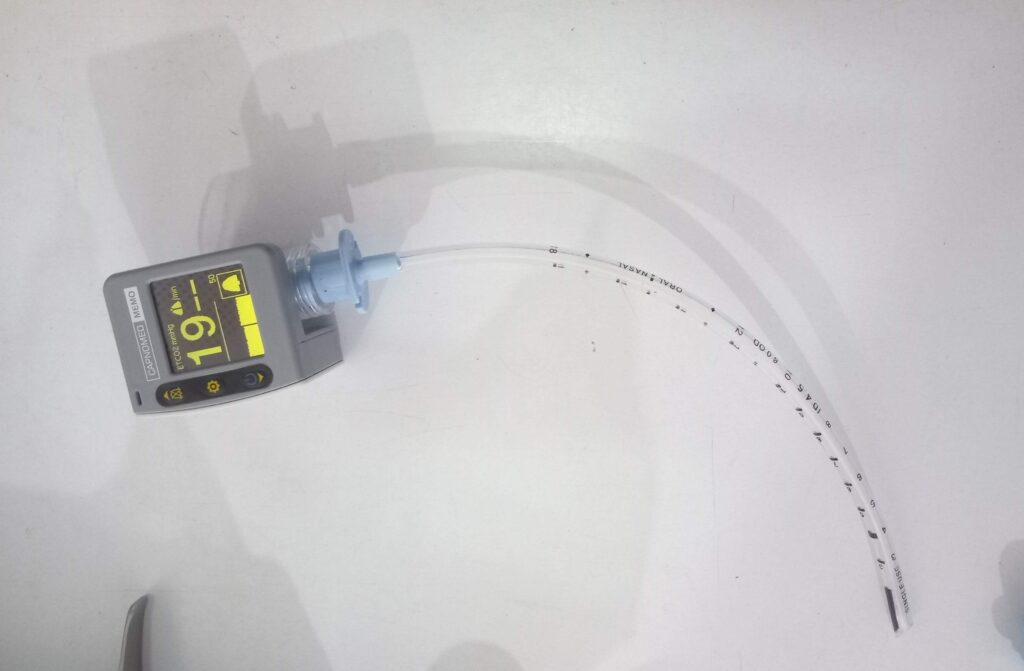End-tidal carbon dioxide (EtCO2) sensors are an essential component of medical monitoring systems that measure the concentration of carbon dioxide in exhaled air at the end of each breath. These sensors are becoming increasingly mainstream in critical care, emergency medicine, and anesthesia, as they provide real-time feedback on a patient’s respiratory status.
End-tidal carbon dioxide measurement types
EtCO2 sensors can be categorized into two types: sidestream and mainstream. Sidestream sensors collect a small sample of exhaled air through a sampling line that is connected to the patient’s airway. The sample is then transported to the sensor, which measures the concentration of CO2 in the sample.
On the other hand, mainstream sensors are directly integrated into the breathing circuit, and they measure the concentration of CO2 in the main flow of exhaled air. Mainstream sensors are usually more accurate and reliable than sidestream sensors, as they provide real-time measurements without the need for a separate sampling line.
One of the unique features of mainstream EtCO2 sensors is their small size and portability. They can be easily integrated into compact and lightweight medical devices, making them ideal for use in emergency medical services and transport.

Mainstream EtCO2 sensors also offer several benefits over traditional methods of monitoring respiratory function. They provide continuous and non-invasive monitoring, allowing clinicians to quickly detect changes in a patient’s respiratory status. This can be particularly useful during procedures that require sedation or anesthesia, as it helps to prevent complications such as respiratory depression or hypoxia.
In conclusion, mainstream EtCO2 sensors are a unique and valuable tool for monitoring respiratory function in patients. They offer several advantages over traditional methods of monitoring, including portability, continuous monitoring, and non-invasiveness. As technology continues to advance, mainstream EtCO2 sensors are likely to become even more widely used in a variety of medical settings.
